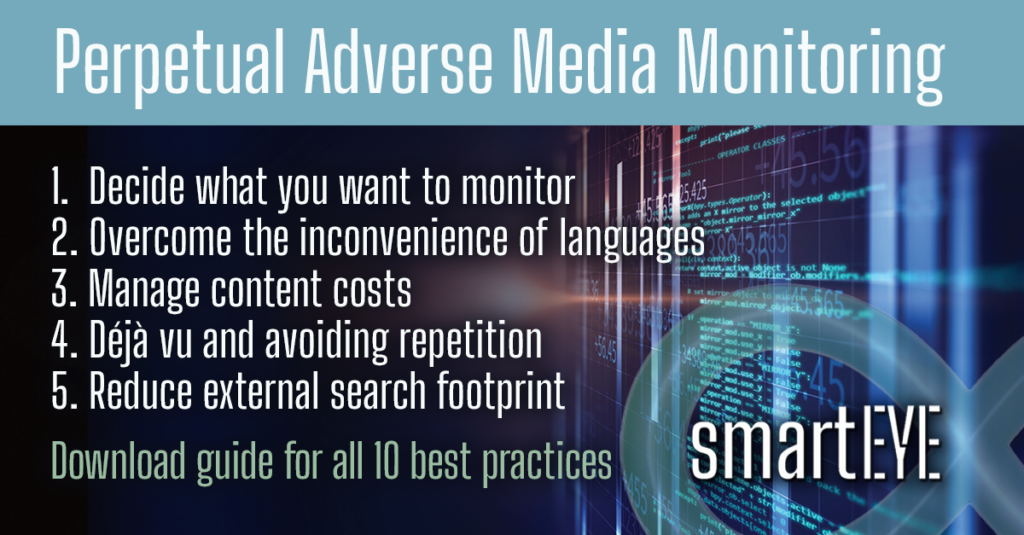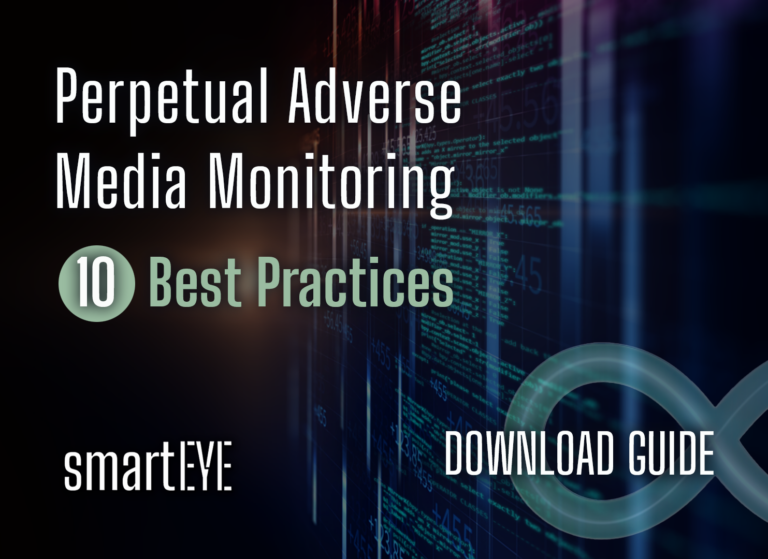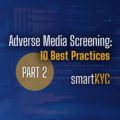Fast forward to 2024 and what we advocated for before has come to fruition. Having a clear view of third party risk, not only at the start of the relationship but on a continuing basis, is now seen as mission-critical, regardless of whether they are suppliers, representatives, partners or clients. In addition, regulators are now encouraging organisations to have a more continuous approach to negative news screening.
In order to achieve this, organisations need to turn to perpetual ESG and adverse media screening technology.
The challenges of implementing a perpetual adverse media monitoring programme
Many are daunted, however, by the prospect of implementing a perpetual adverse media monitoring programme—the prohibitive capital costs, the huge increase in operating expenditure to manage the increased workload, the nightmare scenario of creating another transaction monitoring-type SARs headache—it’s hard to know where to start.
Despite these challenges, perpetual adverse media monitoring is here to stay and the appetite to adopt such a programme and stay one step ahead of the regulator is high.
Meeting the need for perpetual negative news screening
This is why we have launched smartEYE, an innovative perpetual adverse media screening solution that intelligently scans for adverse media in real-time. With a continuous system that monitors vast amounts of unstructured data such as web pages and news, smartEYE delivers pertinent, real-time alerts, potentially replacing interval-based rescreening cycles with 24/7 risk vigilance.
Unlike other providers, this is not a database lookup where you put your trust in the vendor to suggest what a ‘bad’ entity looks like. Instead, smartEYE watches for risk according to your unique view of risk, routing risk alerts automatically to systems and people that need to know.
smartKYC’s 10 best practices for perpetual adverse media monitoring

Drawing from our extensive experience in the field, we present our top 10 best practices.
Download the guide and learn more about overcoming the challenges of implementing a perpetual adverse media monitoring programme and discover what 24/7 risk vigilance looks like.


